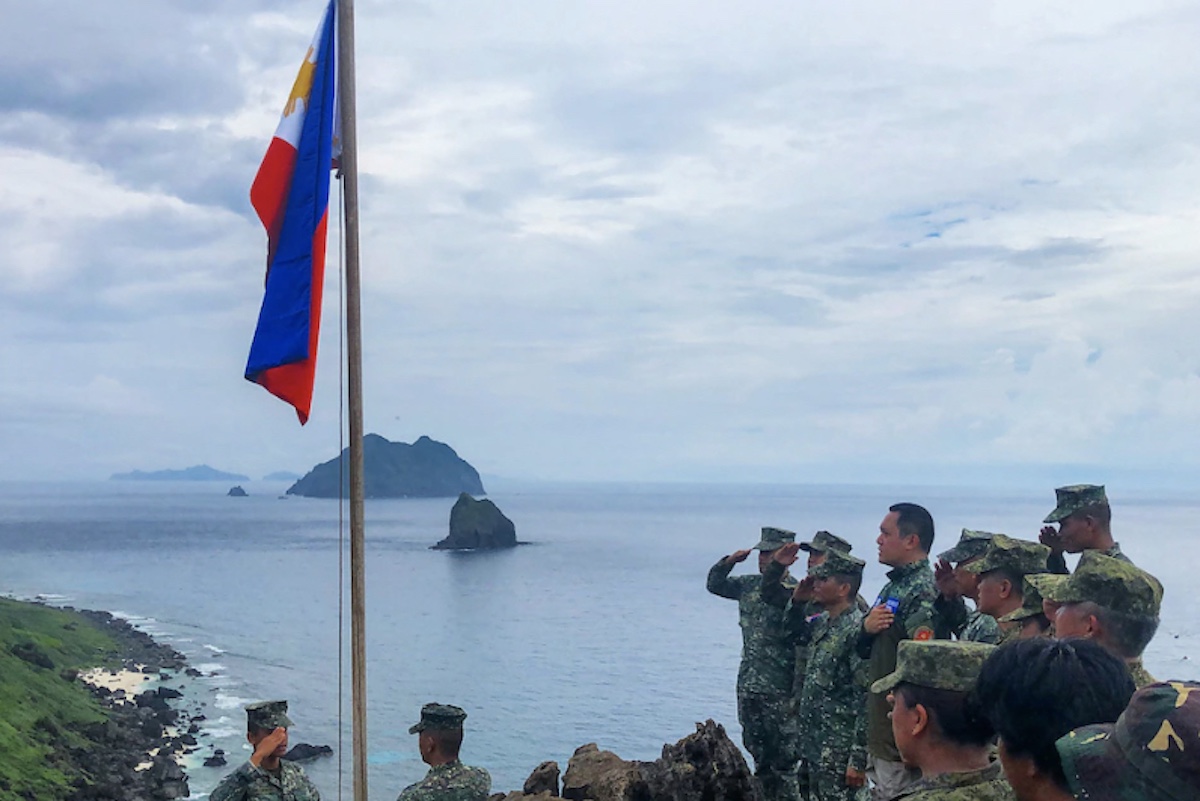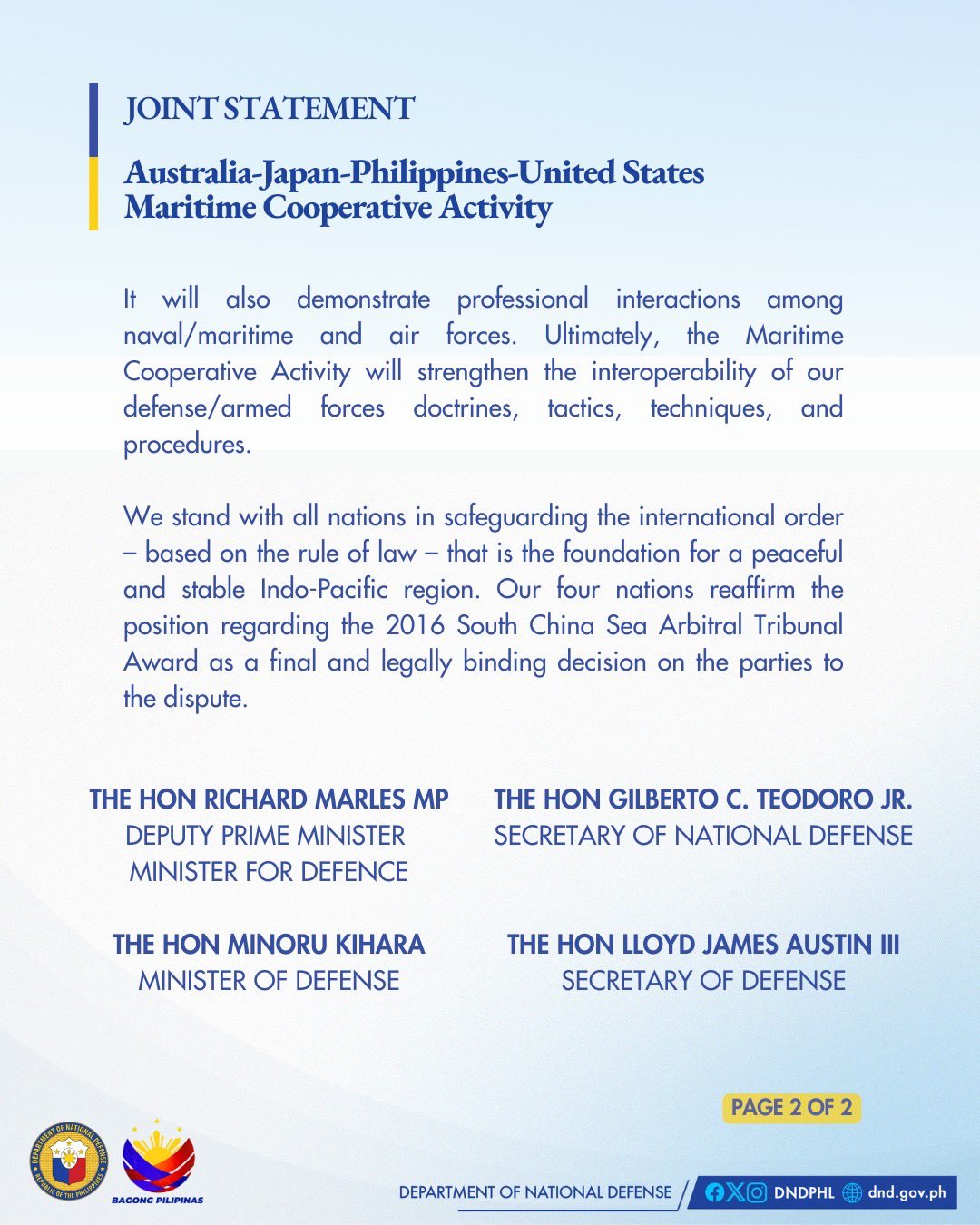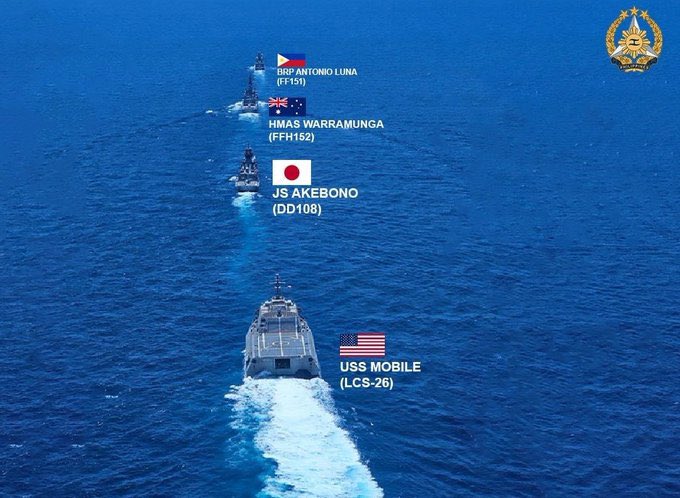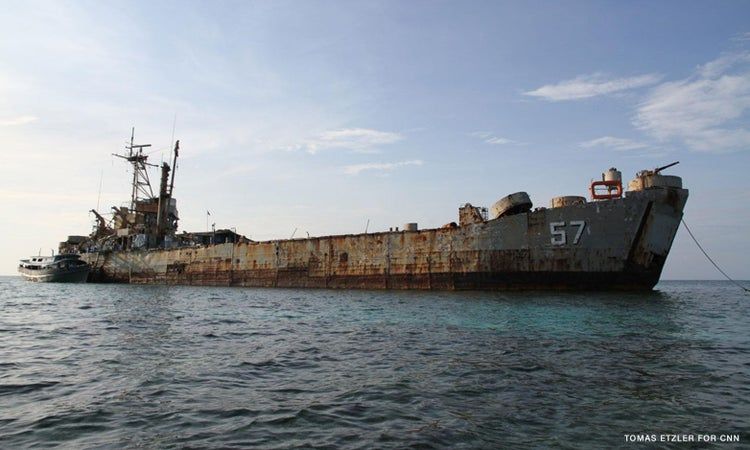
China's illegal blockade of the Philippines' naval outpost aboard the BRP Sierra Madre at Second Thomas (Ayungin) Shoal is an outrage. It's also working--and it's a ticking time bomb we're not talking about nearly enough.
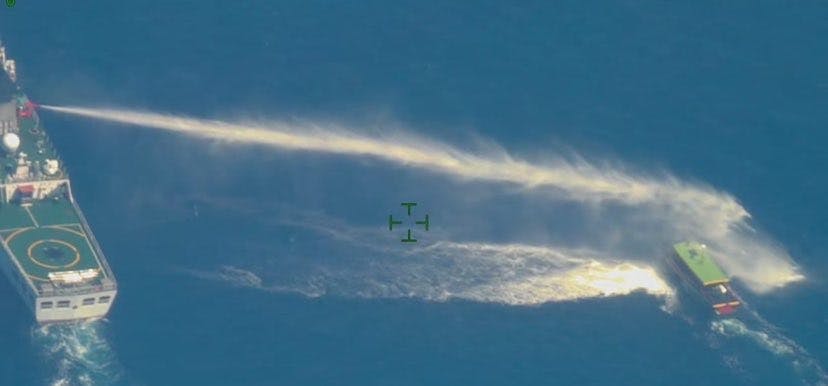
This past week in Manila has been a whirlwind, following the dramatic water-cannoning of the Philippines' resupply ship near Second Thomas (Ayungin) Shoal. The outrage here has been palpable, with everyone--from senior government officials, politicians and civic leaders down to the taxi drivers and waiters with whom I've spoken--expressing anger at China's bullying behavior toward its smaller neighbor.
The outrage is justifiable. The context, however, is far more ominous.
This isn't just one of a series of unconnected incidents. This is a focused campaign by Beijing to illegally blockade the Philippines' outpost aboard the BRP Sierra Madre until it succumbs to the elements--which, unless something changes, it inevitably will.
At that point China's campaign will have succeeded in winning control of this key location just 100 nautical miles from the coast of Palawan and deep in the heart of the Philippines' exclusive economic zone.
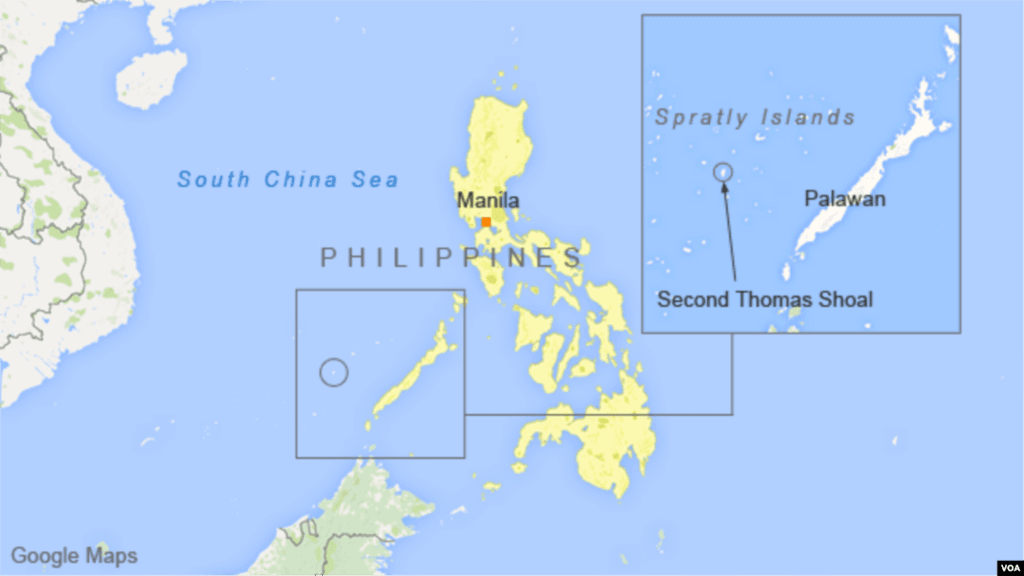
Many are hesitant to use the word "blockade", citing legalities and fearing the implications, since blockades have long been considered acts of war under international protocols.
Yet what is clearly happening is the systematic and forceful denial of access by Philippine vessels to a Philippine naval outpost in Philippine waters, in direct defiance of the internationally recognized 2016 Arbitral Tribunal ruling which found unequivocally that, "there is ... no possible entitlement by China to any maritime zone in the area of either Mischief Reef or Second Thomas Shoal ..."
That's an illegal blockade, and we need to say so out loud.
Why?
First, it's hard to solve a problem you won't enunciate. What the Philippines faces is not simply serial harassment of its coast guard and resupply boats. The reason China has repeatedly targeted these specific vessels is that the successful delivery of construction materials to the Sierra Madre delays the outcome China has long sought--the Philippines' abandonment of its outpost.
That's an illegal blockade, and what is needed is a strategy to lift, break or circumvent it.
Second, China has not paid the international cost this despicable behavior clearly merits. Beijing has been able to carry out this gray-zone campaign of aggression against its neighbor, and has suffered little more than the relatively mild approbation of disconnected parts of the international community. While most of us have been justifiably focused (thanks to the Philippines' recent transparency policy) on the individual laser-pointings, blocking actions and water cannons, we've failed to absorb the bigger picture that's right in front of our collective faces.
Finally and crucially, China's blockade strategy is working. Unless the Philippines--together with its U.S. ally and like-minded security partners--is able to somehow defeat this blockade, the end of the Sierra Madre will come.
In fact, judging by its current condition the end may be far nearer than anyone is ready for.
What happens when the numbers on this time bomb tick down to 0:00, and suddenly this grounded, deteriorating ship begins to break apart or slide off the shoal? Who shows up to "rescue" the Filipino troops and "manage" the situation? It would almost certainly be the country with the preponderance of forces in the area--the one with constant coast guard and maritime militia patrols of the area and a fully equipped naval base just 20 nautical miles away at Mischief Reef.
On that day China will have defeated the Philippines in a long-fought and important gray-zone battle--one in which last weekend's water-cannon incident was but a small skirmish in a much larger and more consequential, illegal campaign.
Beijing calculates that it will do just that, and that the price it will pay for illegally blockading and ultimately seizing Second Thomas Shoal will be little more than more mild approbation.
Is Beijing wrong? It hasn't been so far.
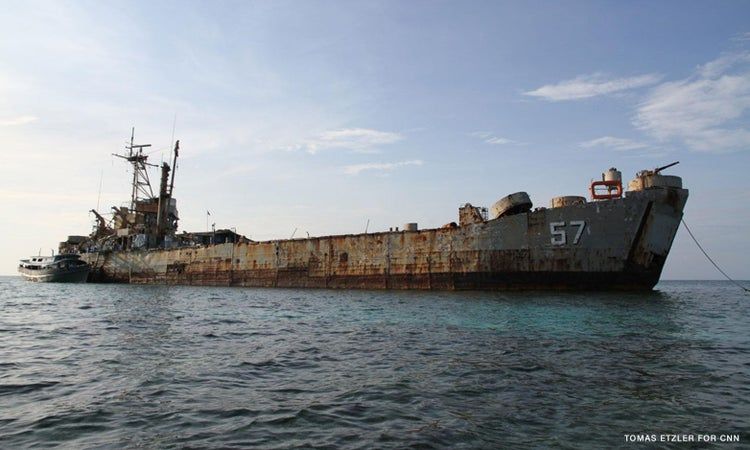
The time bomb of the Philippines' BRP Sierra Madre is ticking down to zero
China's illegal blockade of the Philippines' naval outpost aboard the BRP Sierra Madre at Second Thomas (Ayungin) Shoal is an outrage. It's also working--and it's a ticking time bomb we're not talking about nearly enough.





